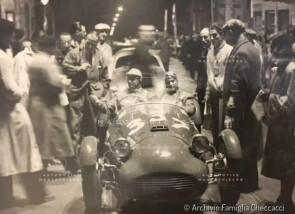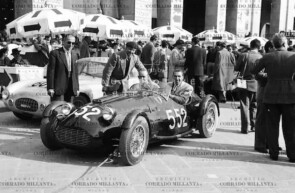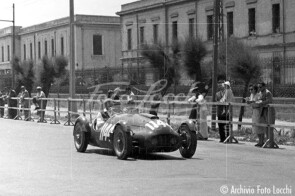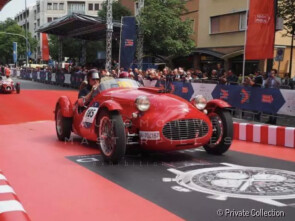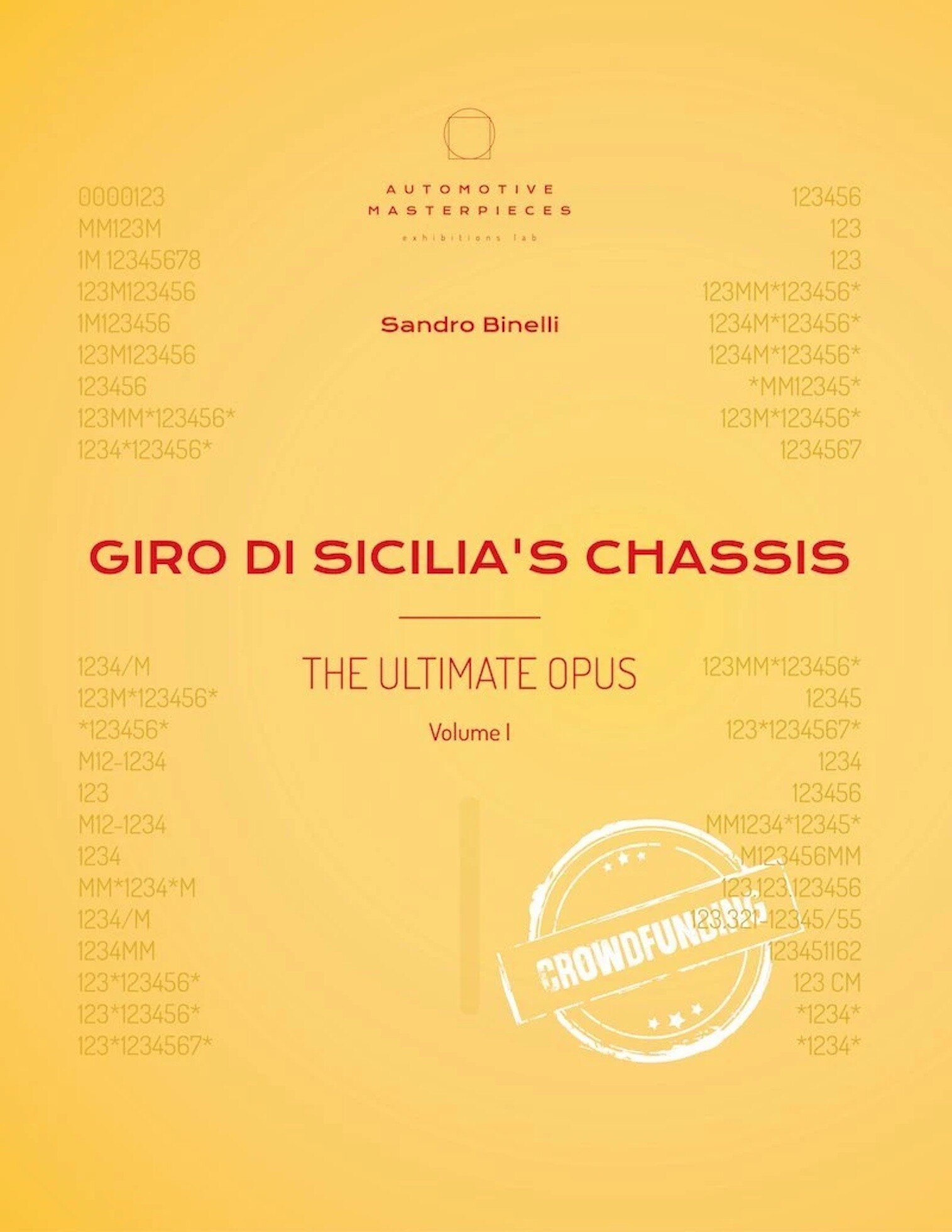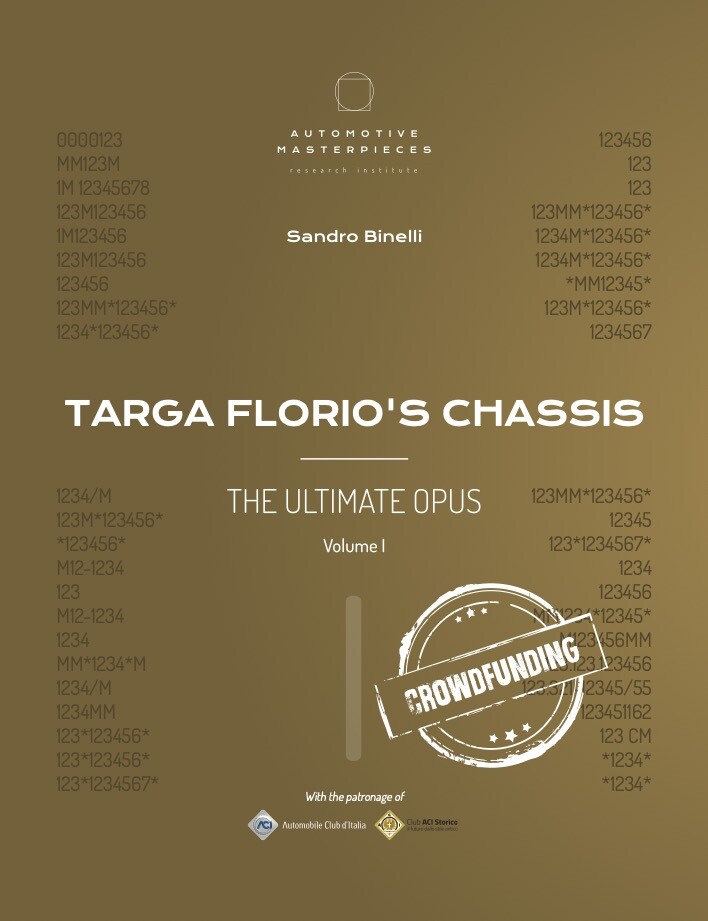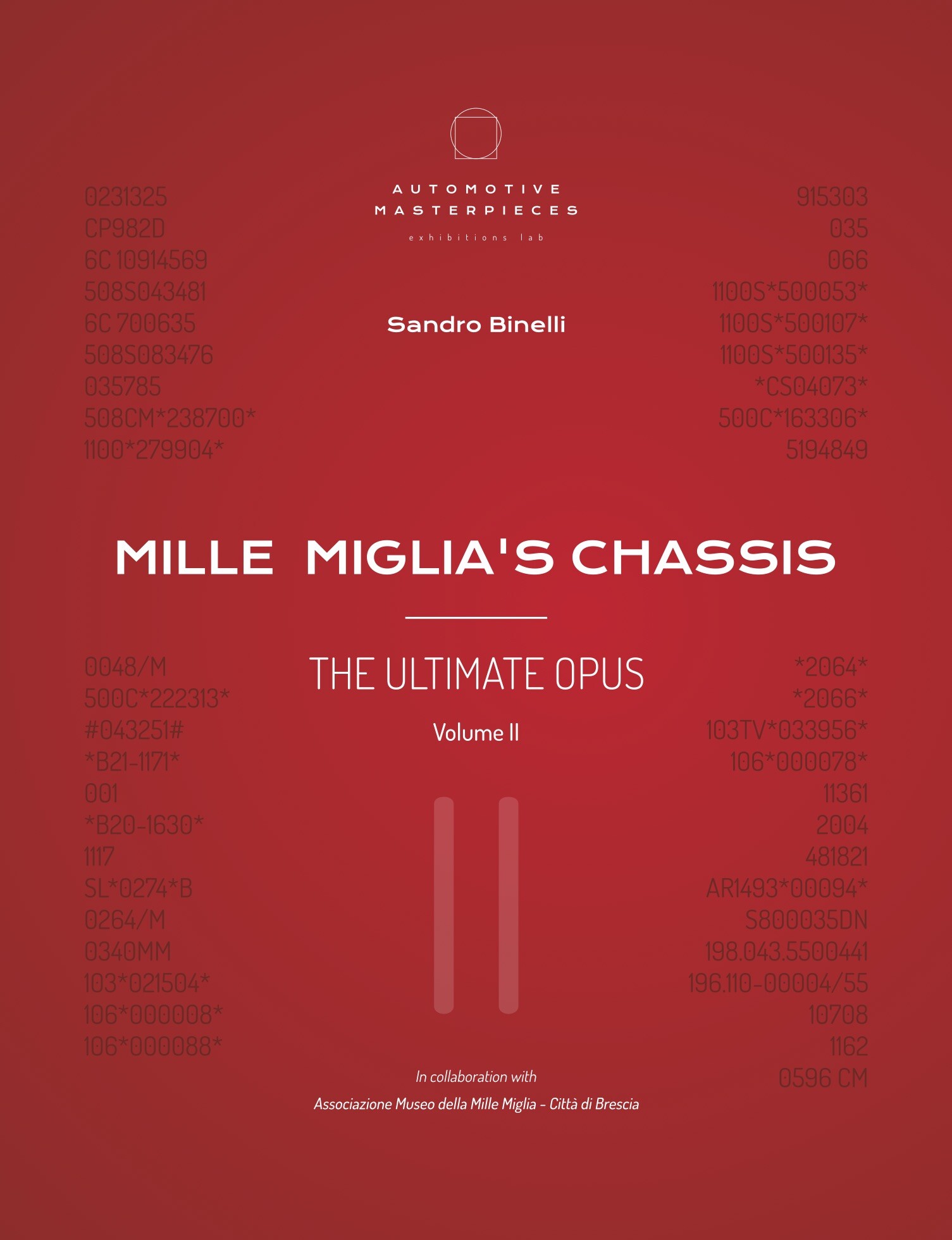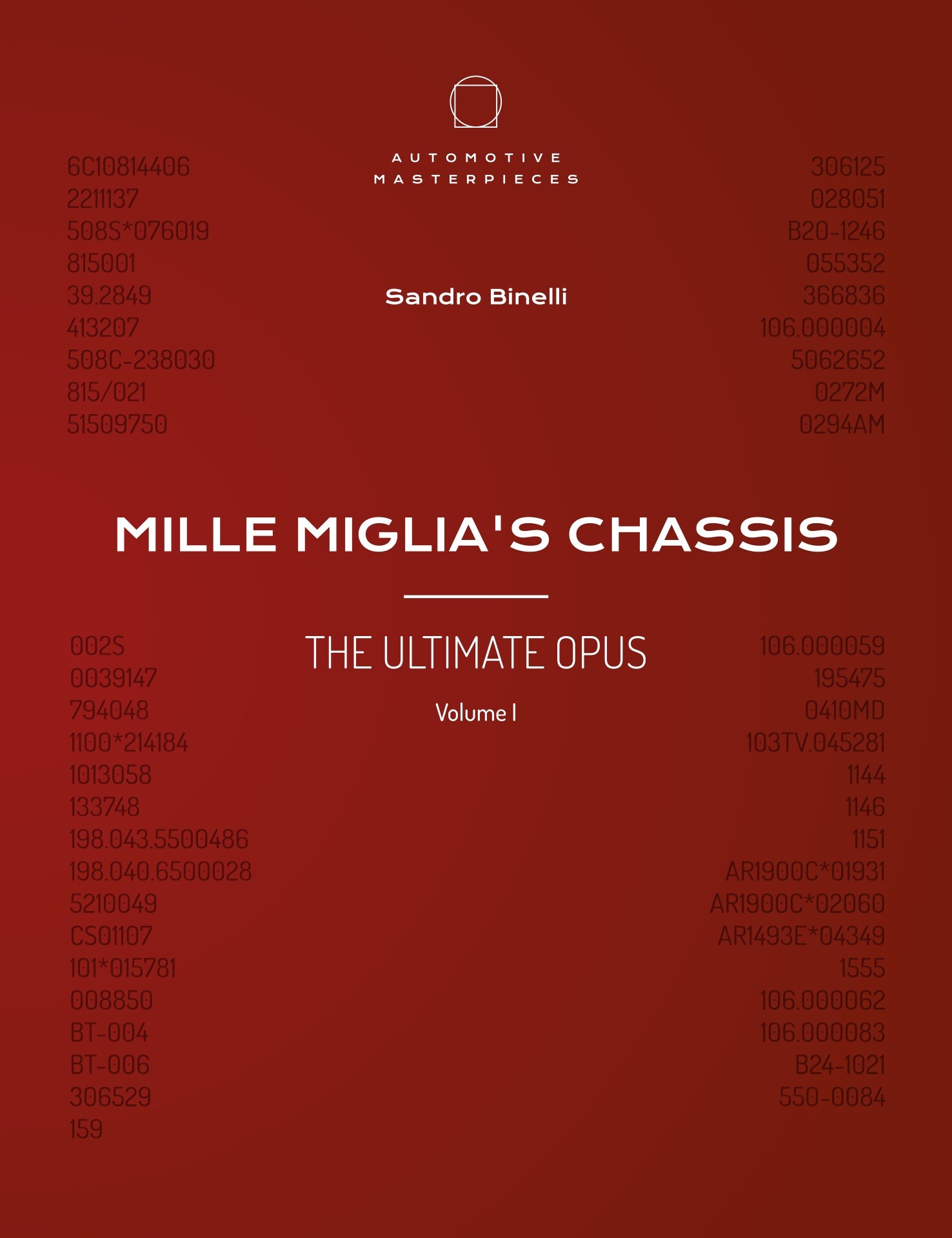
1950 Fiat Ermini Siluro 1100
ON/OFF
Why am I an Automotive Masterpiece?
L. Limited edition cars
no. 2 manufactured, no. 2 remaining, 1st built. 2 cars remaining of no. 2 manufactured, 1st built
It's important to point out that the name Fiat-Ermini depends of the new CSAI regulations requiring to register all cars, in this way prohibiting to call them with his own name, unless dealing a costly test on mechanical parts that composed the car. This was the reason because until 1951 all cars realized in the Ermini workshop were registered with the name of Fiat-Ermini, using the name of the famous Turin manufacturer who indirectly gave some mechanical parts. All the engines built by Ermini, including the model with the Fiat 1100 engine block, have a double overhead camshaft (DOHC). There have never been Erminis or "motorizzate" Ermini with a single overhead camshaft (SOHC). In 1950 Ermini, encouraged by good results and the economic income, commissioned to Gilco in Milan a lowered tubular chassis with an oval section to make its cars more competitive. In 1950 CSAI new rules imposed the use of 80 octane petrol, thus undermining the competition of Cisitalia-Abarth and the Fiat-Stanguellini, which until the previous year had used special alcohol mixture to enhance their engines and now couldn't compete to the power of Fiat-Ermini engine. The results will come soon. By the end of the year, six engines were sold and in 1951 three cars were built, equipped by tubular Gilco chassis torpedo shape. Two of these were bodied by Motto Torino and the other was bodied by the Mariani workshop in Pistoia.
Chassis 008850 (number ex officio) is one of two Siluro bodied by Motto in 1950 and the 7h car built by Ermini. It was owned from 1950 to 1951 by the driver Elio Checcacci. It debuted at 1950 Targa Florio - Giro di Sicilia with the crew Checcacci - Pugi (48th OA and 16th in class). In 1950, both Ermini Siluro bodied by Motto ran the Mille Miglia. This is the car entered with number #552, driven by Ugo Puma - Robert Delpech (DNF). Chassis 008850 was owned from 1951 until 1964 by the Sicilian engine specialist and racing driver Angelo Lo Monaco, who drove this Fiat Ermini in several Targa Florio, Giro di Sicilia and other main races in Sicily. Lo Monaco, in an interview published in Auto (July-August 2002), recalls the car as “one of the most beautiful racing cars seen in Caltanissetta in those years.” He also recounts: “At one of the editions of the race held on the Syracuse circuit, I arrived at the pit enclosure and met Clemente Biondetti... And Engineer Enzo Ferrari asked his driver who that young, thin man was with that little sports barchetta. Biondetti took me and introduced me to Ferrari, a tough, no-nonsense man. I don't know what I stirred in Ferrari, but he took a liking to me and gave me the nickname ‘nipotino’ (little nephew). He gave orders to put the little Ermini next to the Ferrari pits and told his mechanics to take care of my car. On Friday morning, for the practice sessions, I showed up at the pits. I was shocked. My Ermini was completely dismantled into a thousand and one pieces. The bodywork and chassis were separated. The gearbox, transmission, and suspension were disassembled, as was the engine, which was laid open with its cylinders empty of rods and pistons. I must admit I felt discouraged and thought I wouldn't be able to take part in the race, especially since Biondetti's and Cortese's Ferraris also needed preparation... In the afternoon, I returned, and to my great surprise, I found my car almost ready to go on track. I wasn't used to such miracles. When racing, I would go alone or, at most, with a friend and had to do everything myself... Finally, it was time to get on track for the trials. I climbed into my Ermini and was astonished. I no longer recognized my car. It had become something else. It ran smoothly, serenely, light as a feather. The steering aligned with the curves like never before. The gear changes were effortless and precise. The engine, too, was always responsive—simply put, that car flew!" The atmosphere was full of camaraderie, as evidenced by Lo Monaco later helping Biondetti by providing him with fuel when he ran out during the practice session—showcasing a spirit of mutual assistance typical of a bygone era.

